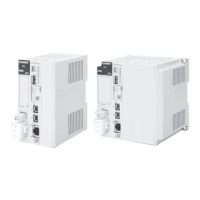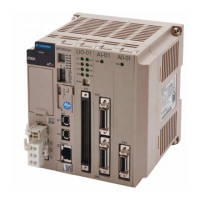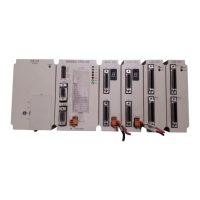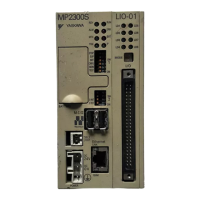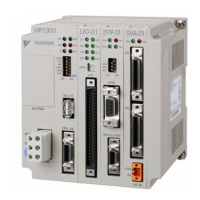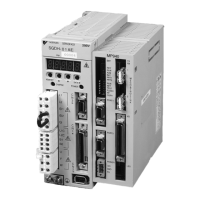2.4 Communications with MP-series Controllers
Using Automatic Reception with the MP3000 as a Slave
2-20
2.4
Communications with MP-series Controllers
When using Ethernet communications between the MP3000 and other MP-series Controllers, use the
Extended MEMOBUS protocol as the communications protocol. The Extended MEMOBUS protocol
allows the master to read and write the slave registers.
This section describes communications when the MP3000 acts as a slave and as the master.
When the MP3000 acts as a slave, communications can take place using automatic reception or using the
MSG-RCVE function.
When the MP3000 acts as the master, communications can take place using I/O message communications
or the MSG-SNDE function.
Using Automatic Reception with the MP3000 as a Slave
This section describes how to communicate with the MP2300 by using automatic reception.
EthernetEthernet
MP2300MP3000
218IFD
DC24V
DC 0V
MP2300
YASKAWA
TEST
RDY
ALM
TX
RUN
ERR
BAT
MON
CNFG
INT
SUP
STOP
SW1
OFF ON
BATTERY
CPU I/O
218IF-01
ERR
COL
RX
RUN
STRX
TX
INIT
TEST
ONOFF
PORT
10Base-T
MP3000
(local station)
Slave
Master
Communications Protocol
Connection Type
Data Code
Binary or ASCII
Automatic reception
(no ladder programming)
MSG-SND function
(ladder application)
218IF-01
Optional
Module
Extended MEMOBUS protocol
TCP or UDP
Extended MEMOBUS protocol
MP2300
(remote station)
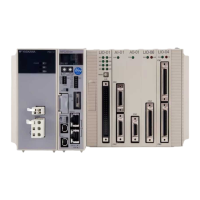
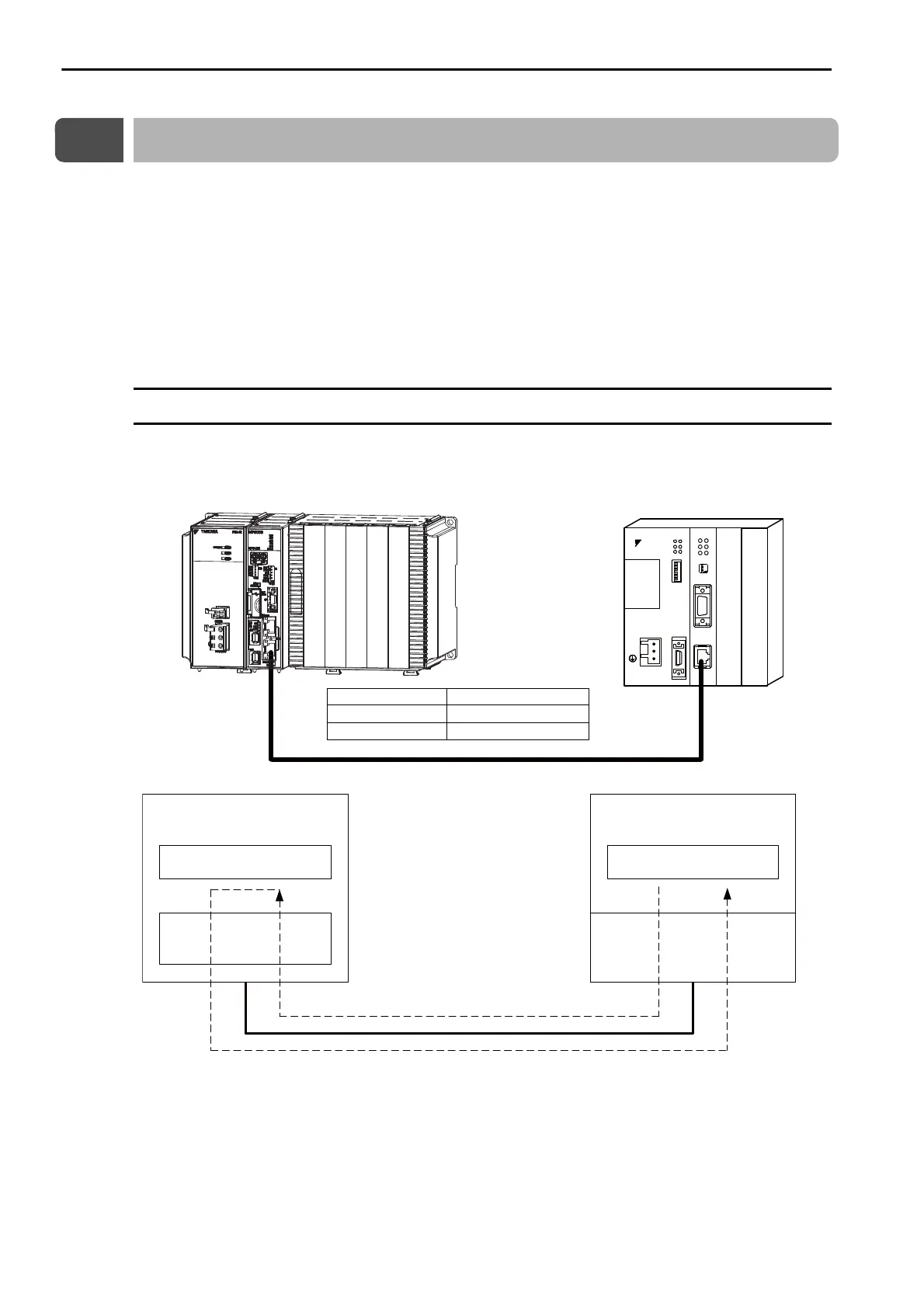